Harold on History | ACC International: A Legacy of Global Advocacy and Education
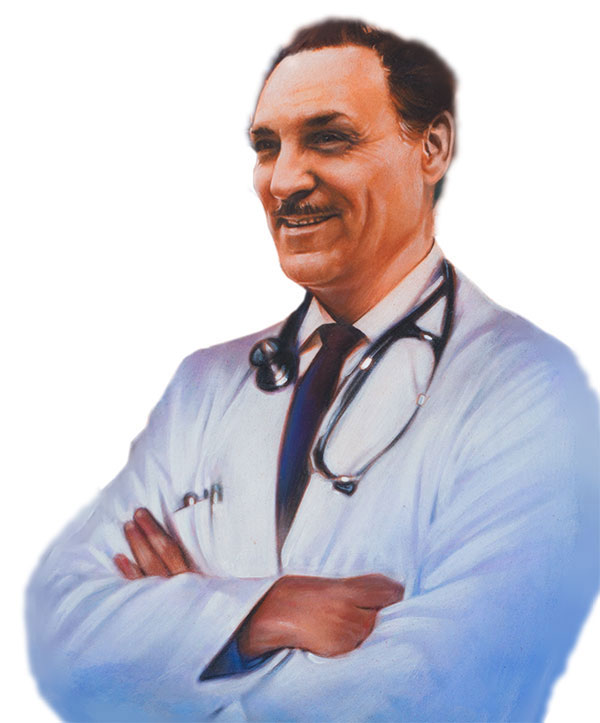
Next month, the United Nations (U.N.) General Assembly will hold the third high-level meeting on the prevention of noncommunicable diseases (NCDs) in New York. The meeting will focus on what progress has been made to date in reaching the global target of a 25 percent reduction by 2025 in premature mortality from heart disease and stroke.
The ACC has been an active participant in the so-called 25 x 25 initiative discussions since their inception, as well as an effective change-agent on the ground working with its International Chapters, international partner societies and other stakeholders on patient and clinician education and outreach efforts targeted at prevention and population health management.
While we look forward to the outcomes of the U.N. meeting (at which the ACC will be in attendance), I thought it appropriate to look back at the College’s long legacy of international collaboration and engagement, starting with Eliot Corday, MD, MACC, and the ACC’s “Medical Peace Corps.”
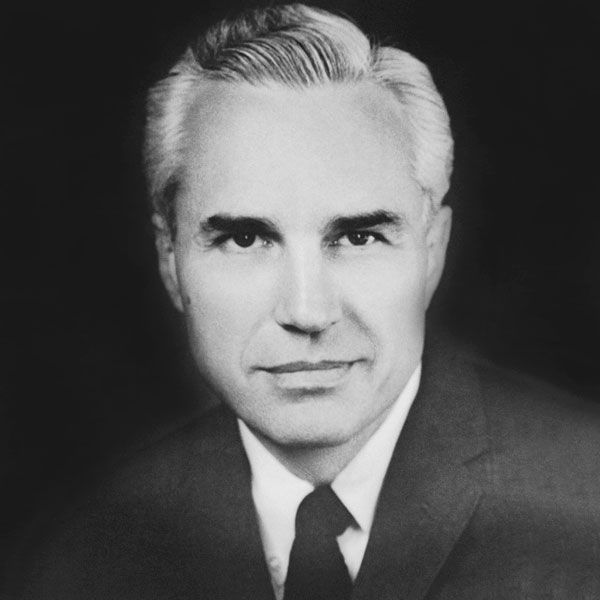 E. Grey Dimond, MD, MACC
E. Grey Dimond, MD, MACC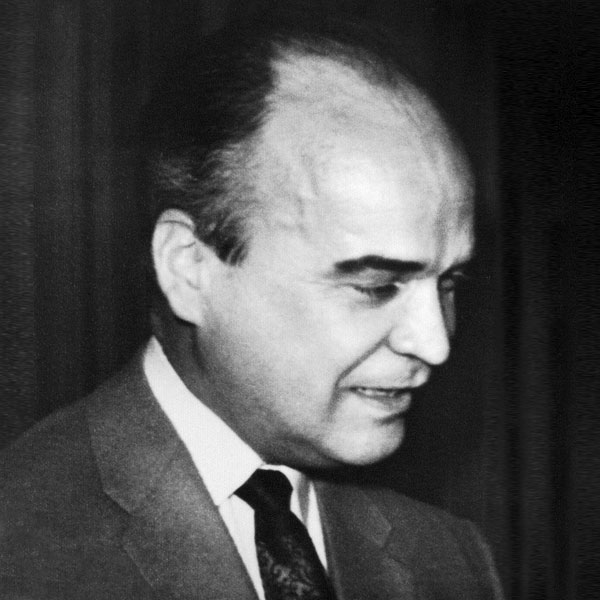 C. Walton Lillehei, MD, PhD, MACC
C. Walton Lillehei, MD, PhD, MACC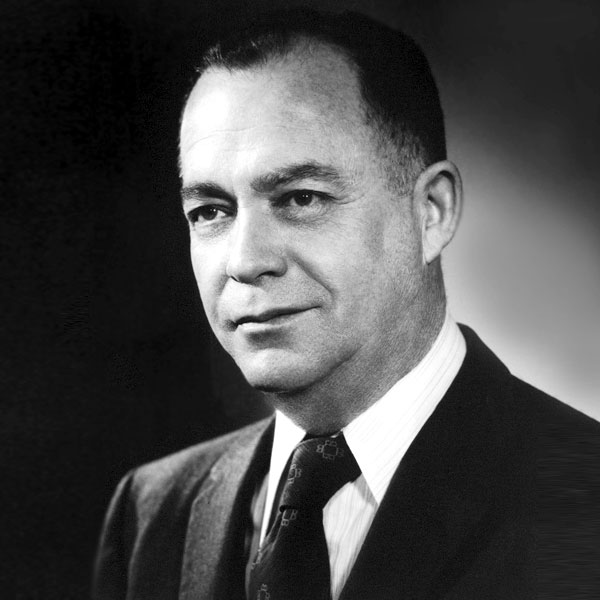 George Burch, MD, FACC
George Burch, MD, FACC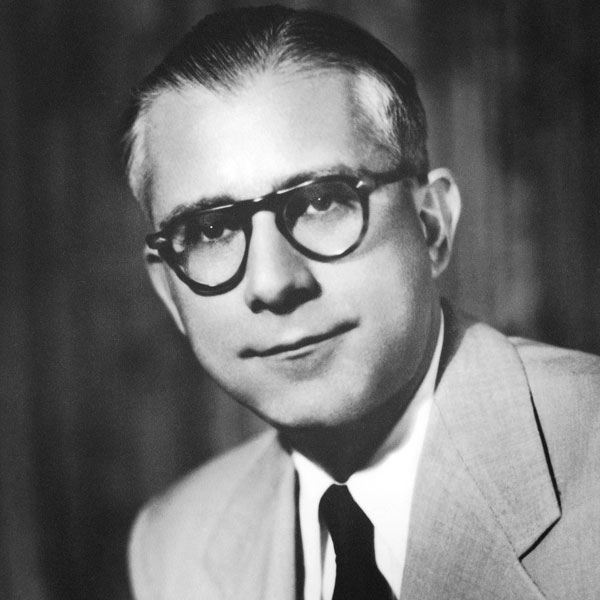 Simon Dack, MD, MACC
Simon Dack, MD, MACC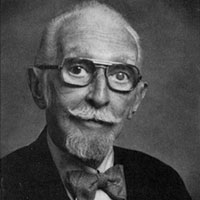 Philip Reichert, MD, FACC
Philip Reichert, MD, FACC
The so-called “Medical Peace Corps” evolved from the International Circuit Courses, which were established by Corday, who served as ACC president in 1965. Inspired by the efforts of President John F. Kennedy who created the Peace Corps, Corday’s vision took pre-eminent U.S. cardiologists to less-developed countries throughout the world with the goal of improving the quality of care worldwide. Among the luminaries, including Corday himself, were E. Grey Dimond, MD, MACC; C. Walton Lillehei, MD, PhD, MACC; George Burch, MD, FACC; and Simon Dack, MD, MACC.
The ACC programs provided instruction in cardiovascular diagnosis and treatment to help transform cardiovascular care and improve heart health in these countries and caught the attention of George W. Calver, MD, MACC, who was the physician to Congress at that time and a former ACC president (1958-1959). Calver helped Corday gain access to U.S. State Department funding for the courses, with the Philippines and Taiwan serving as the first sites.
Approximately 2,500 physicians attended the first course in Manila and 500 attended in Taipei, with subsequent delegations visiting countries in the Far East including Pakistan, India, Sri Lanka, Myanmar and Singapore. In 1973, a team of eight cardiologists representing the ACC were invited to the People’s Republic of China. Deliberations between U.S. Secretary of State Henry Kissinger and Premier Zhou En-Lai of China set the stage for the first two-week International Circuit Course to China, which promoted cultural exchange in the sciences.
Philip Reichert, MD, FACC, ACC cofounder and executive director, noted at the time that the College was becoming increasingly recognized abroad “through the peregrinations of Fellows traveling to give lectures, talk about the rapid broadening of cardiologic knowledge here and the recognition of the FACC as a mark of distinction.” These efforts enhanced the image of the ACC at home and abroad and led to a rise in international membership. By 1967, more than 3,200 physicians from 50 nations were members of the College. Today that number is more than 15,000.
From his work on the “Medical Peace Corps,” Corday was appointed head of the U.S. Information Agency’s Medical Science Advisory Committee by President Ronald Reagan. A precursor to today’s international webinars, this committee televised live communications between American physicians and their counterparts in the Middle East, India, Hungary and Russia. ACC’s education outreach expanded to European countries, many of which had been impacted by World War II, disrupting medical research and education.
Inspired by the efforts of President John F. Kennedy who created the Peace Corps, Corday’s vision took pre-eminent U.S. cardiologists to less-developed countries throughout the world with the goal of improving the quality of care worldwide.
ACC leadership visited countries behind the Iron Curtain in Eastern Europe in 1965, including Poland. Standing-room only crowds heralded great success on the educational and diplomatic fronts. The program was so successful that over the next five years 44 countries were privy to 17 circuit courses.
Since then, the College has only continued to build on the strong international foundation built by Corday. The creation of international chapters, starting in 2008, has enabled the College to serve its international mission in 42 countries — the most recent being Cuba and Uruguay.
Corday’s early work also inspired me to develop ACC’s international twinning program, connecting ACC Chapters in the U.S. with international cardiovascular societies. The first program connected the California Chapter with the British Cardiovascular Society, fostering long-term relationships between cardiovascular professionals in the U.S. and United Kingdom that continue today.
ACC’s Global Education Program on Heart Disease Prevention, supported by a global partnership with Pfizer, is another example of recent efforts to provide physicians and hospital systems worldwide with access to the latest science, technology, resources and tools needed to stem the rising tide of cardiovascular disease and equip patients with the knowledge necessary to manage their cardiovascular health.
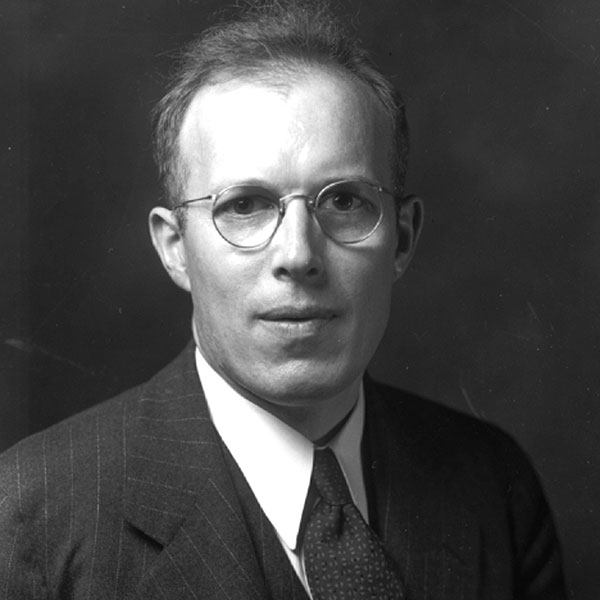 René Dubos
René Dubos
ACC is partnering with its extensive network of international chapters and working with local cardiology societies to customize the education in a way that meets the unique needs of physicians, patient communities and health care systems in these countries.
Following the lead of scientist and writer René Dubos who stated we need to “think globally, act locally,” the College is committed to reaching clinicians where they live and practice all around the world. Only by working together will we be able to achieve the College’s vision of a world where innovation and knowledge optimize cardiovascular care and outcomes, as well as the broader global goal of reducing deaths from cardiovascular disease and other NCDs.
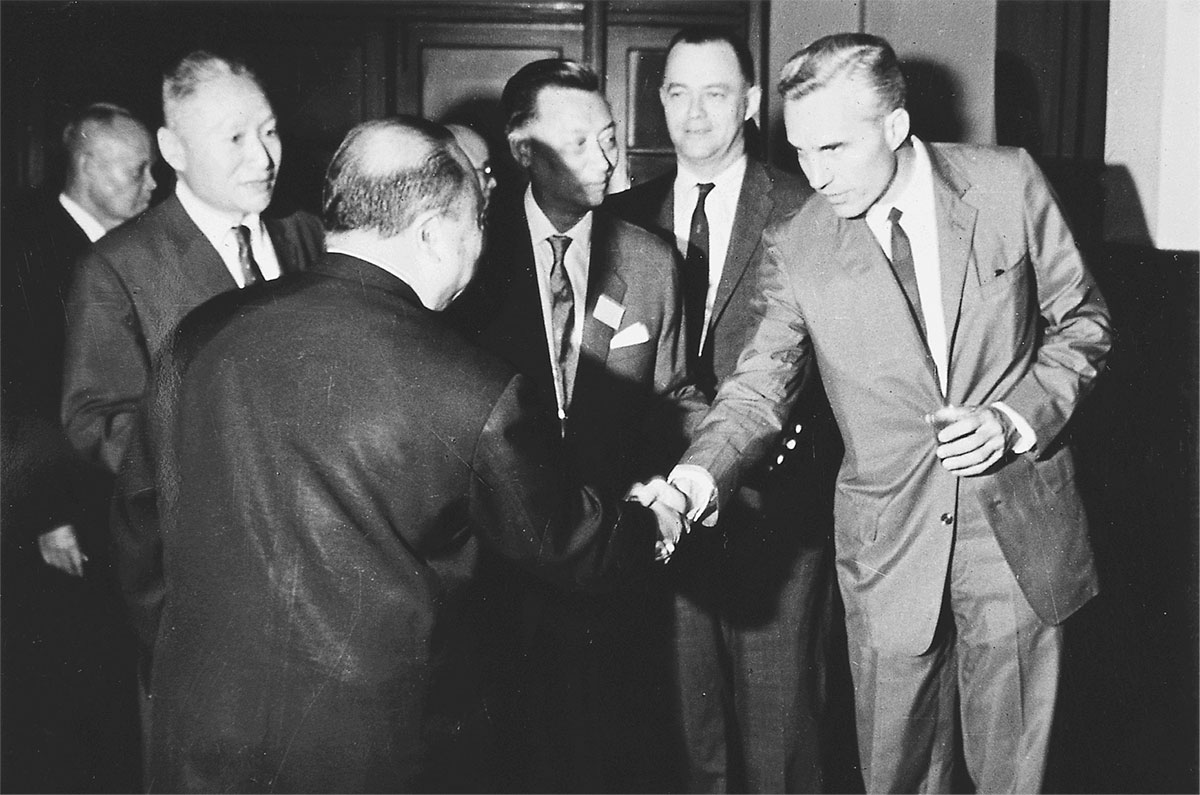 ACC President E. Grey Dimond, MD, MACC, greets attendees during the 1961 ACC International Circuit Course in Taiwan.
ACC President E. Grey Dimond, MD, MACC, greets attendees during the 1961 ACC International Circuit Course in Taiwan.
Keywords: ACC Publications, Cardiology Magazine, Advisory Committees, Mortality, Premature, Developing Countries, Physician-Patient Relations, Biomedical Research, Quality of Health Care, Leadership, Cardiovascular Diseases, Heart Diseases, Stroke
< Back to Listings

